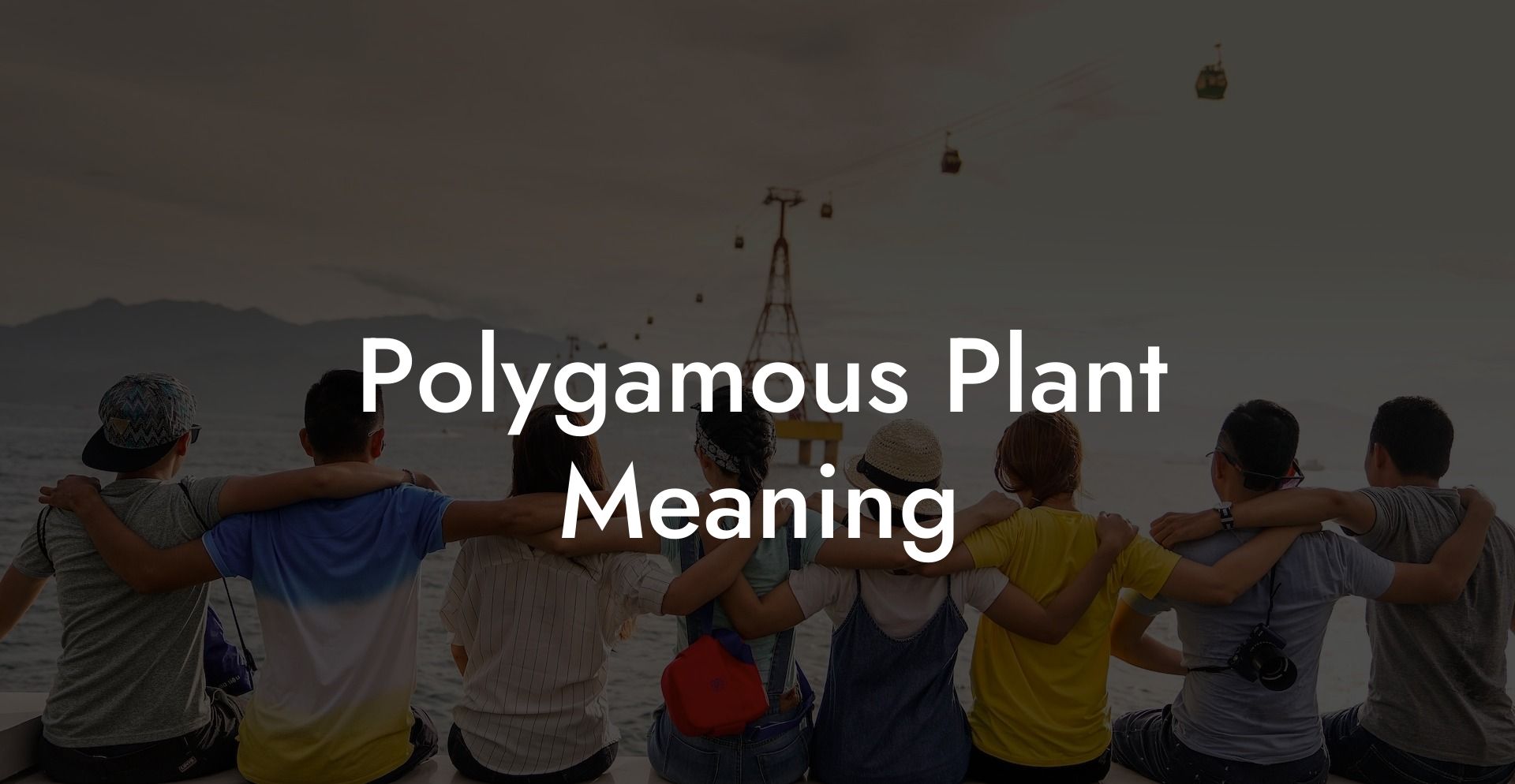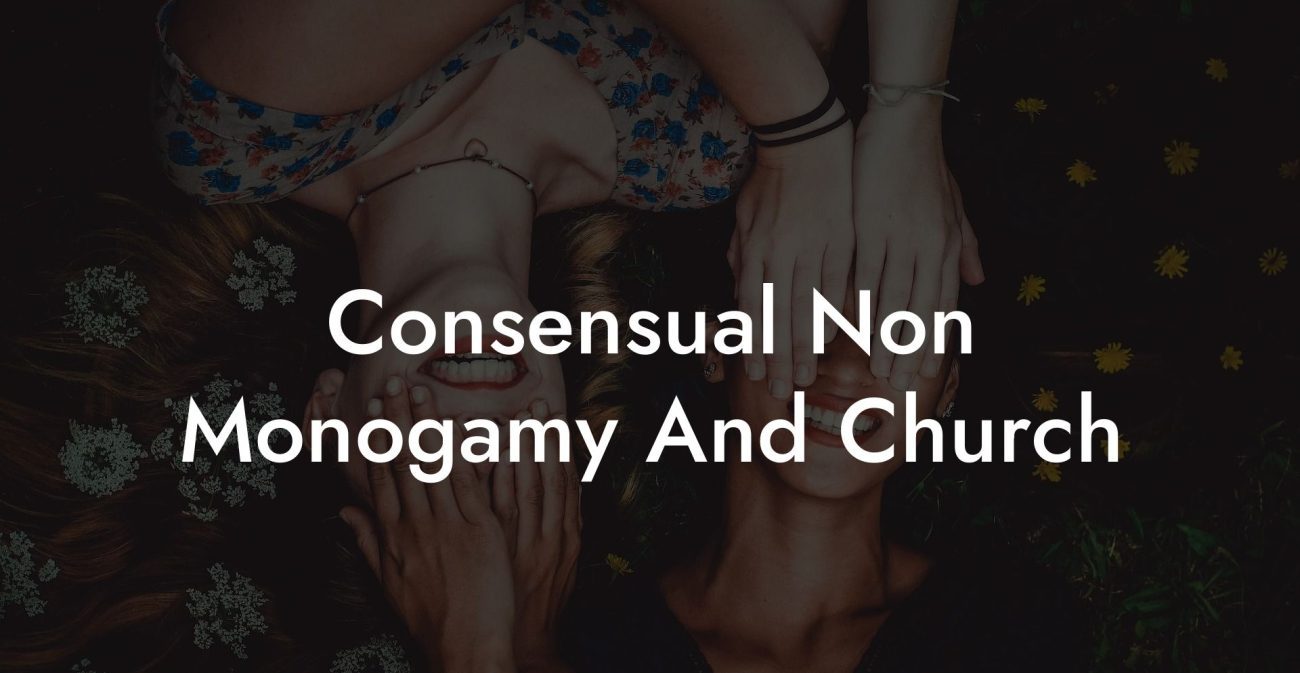Are you intrigued by the concept of polygamous plants? While it may seem like a term inspired by the world of relationships and alternative lifestyles, it's actually a fascinating aspect of botany. In this article, we'll uncover the meaning behind polygamous plants and dive deep into the world of botanical wonders. So, if you're ready for an adventure into the enchanting world of plants, keep reading, and find out why this subject might just become one of your new passions.
Polygamous Plant Meaning Table of Contents
What are Polygamous Plants?
Polygamous plants refer to a unique group of flora that possess the ability to produce both unisexual and bisexual flowers on the same plant. This term comes from the botanical concept of "polygamy," which describes the various forms of plant reproduction. Polygamous plants provide a fascinating glimpse into the world of plant adaption and reproduction strategy, as they tend to exhibit a higher degree of evolutionary plasticity and survival adaptability.
Types of Polygamous Plants
Polygamous plants can be categorized into three primary types based on the arrangement of their flowers:
- Andromonoecious Plants: These plants produce both male (staminate) and bisexual (perfect) flowers on the same plant. A classic example of this type is Cucurbita pepo, which includes zucchini, pumpkins, and cucumbers.
- Gynomonoecious Plants: This category contains plants that produce female (pistillate) and bisexual (perfect) flowers on the same individual. An example of this group is the common beet, Beta vulgaris.
- Trimonoecious Plants: The rarest of the polygamous plants, trimonoecious plants, produce male (staminate), female (pistillate), and bisexual (perfect) flowers all on the same plant. Aristolochia labiata, a tropical vine species, is an example of trimonoecious flora.
Advantages of Polygamous Plants
Polygamous plants have evolved their unique reproductive strategies for several reasons:
- Increased Genetic Diversity: With the ability to produce unisexual and bisexual flowers on the same plant, polygamous plants have a greater opportunity to mix their genes, resulting in a more diverse population and enhancing the species' adaptability.
- Better Adaptation to Environmental Factors: Producing a mix of unisexual and bisexual flowers allows polygamous plants to optimize their chances of successful reproduction, especially in environments where pollination opportunities can be limited.
- Reduced Self-fertilization: By facilitating cross-pollination, polygamous plants can avoid self-fertilization, which can lead to a decrease in genetic diversity and introduce harmful mutations into the population over time.
Polygamous Plant Meaning Example:
One fascinating example of polygamous plants is the White Bryony (Bryonia alba). This climbing vine is native to Europe and Western Asia. Interestingly, White Bryony exhibits polygamy in the form of andromonoecy. This means that it produces both male (staminate) and bisexual (perfect) flowers on the same plant. This adaptation allows the plant to maximize its opportunities for fertilization and gene flow, enabling it to thrive in various environmental conditions.
We hope this exploration into the captivating world of polygamous plants has given you a newfound appreciation for the diverse and mesmerizing reproductive strategies found in nature. If you enjoyed this journey into the botanical realm, please share this post and explore more guides on The Monogamy Experiment. Remember, the more we learn and share about the incredible world around us, the more we understand and appreciate our interconnectedness with all living organisms.













